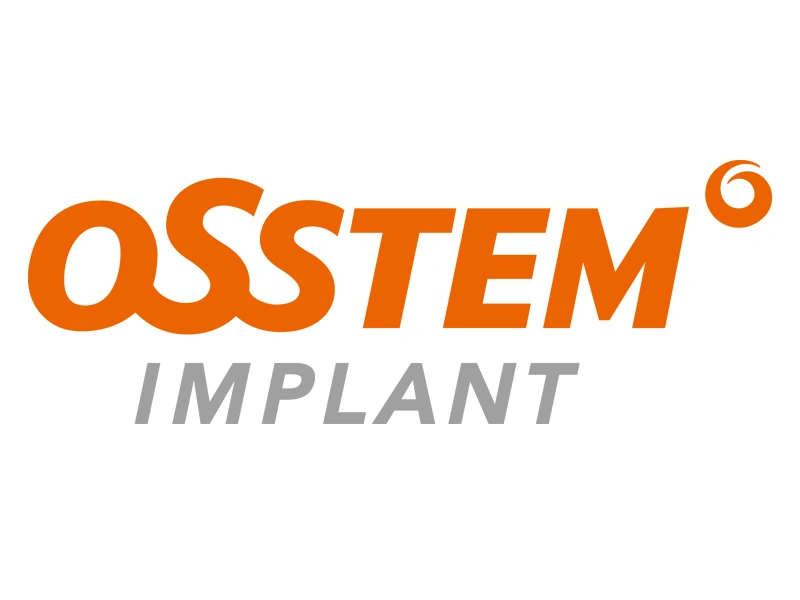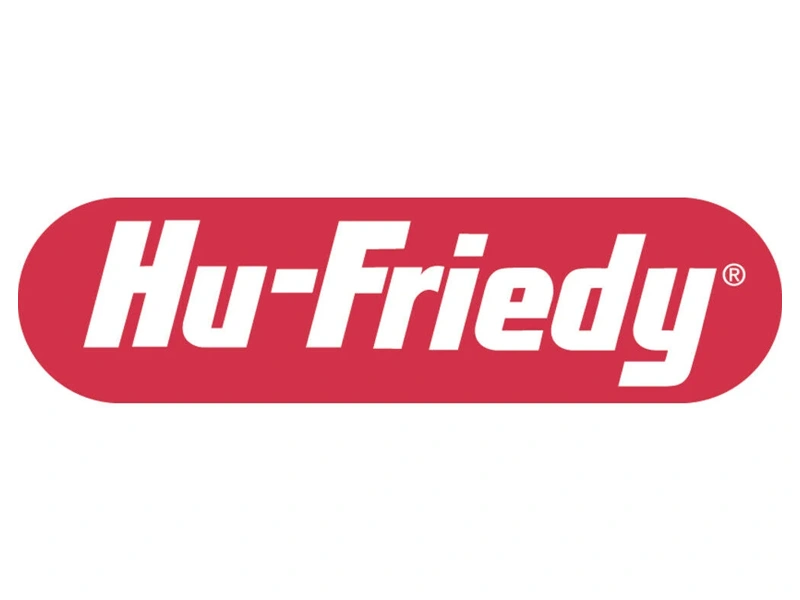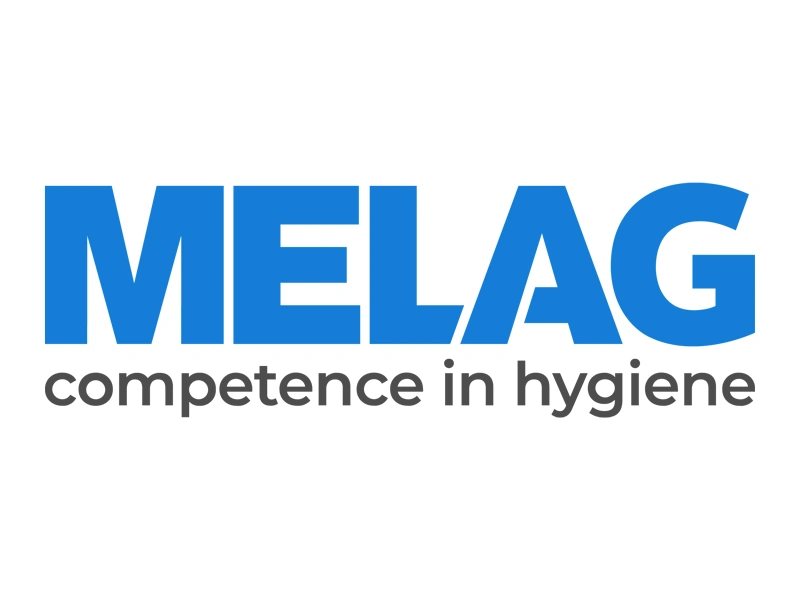Tooth extraction
Tooth extraction is a surgical dental manipulation that sets down to extraction of the tooth from the alveolar socket of the upper or lower jaws. The operation is performed exclusively by a dentist-surgeon in the conditions of a specialized surgical dental office or a profile department of maxillofacial surgery.
When is tooth extraction recommended?
Modern dentistry allows you to perform a full range of tooth-saving manipulations, but this is not always possible. In that clinical case, where the tooth can harm not only the health of the oral cavity, but sometimes the general condition of the body, it is recommended to remove the tooth.
Tooth extractions can be:
- planned (as part of orthodontic treatment or prosthetic)
- and emergency.
Planned extraction
- the tooth is a cavity of a chronic infection and is not subject to therapeutic treatment
- tooth root fracture or its high mobility (the tooth is loose due to gum disease, trauma – if the prognosis of the tooth is unfavorable)
- pits of destruction near the apex of the tooth root, which cannot be cured therapeutically, or have a negative prognosis even with surgical treatment
- removal of eighth teeth (“wisdom teeth”)
- removal of teeth according to orthodontic indications (overcomplicated or retinated teeth, which cause an aesthetic defect, deform the bite)
- stage of preparation for orthopedic prosthetics.
Emergency extraction
- state of exacerbation, when the tooth is a focus of chronic infection in the impossibility of conservative treatment
- oral phlegmon
- odontogenic osteomyelitis
- exacerbation of chronic periodontitis in case of impossibility of conservative treatment, leading to purulent process
- acute pericoronitis.
Tooth extraction procedure
The first step in preparing for the procedure of tooth extraction is diagnosis. In addition to visual clinical examination of the oral cavity, the patient is subjected to X-ray examination – orthopantomogram and CT. Diagnosis allows you to assess the condition of the teeth, roots, nearby teeth, the degree of destruction and volume of bone tissue, the presence of foci of inflammation in the bone, to make a treatment plan.

Our surgeon dentist
Serhii Kobylianskyi
Carries out treatment and surgery operations: removal of permanent and temporary teeth, removal of atypically located teeth, dental implantation, sinus lifting, soft tissue plastic surgery, closure of gum recession.
Types of tooth extraction
- Simple (typical). It is carried out mainly for extraction (removal) of single-root teeth with a normal position. After anesthesia, the doctor uses dental forceps and elevators to remove the tooth from the tooth socket.
- Atypical (complicated) tooth extraction is practiced when extracting multi-root teeth, wisdom teeth, removing fragments or roots of teeth. During the manipulation, the dentist uses a larger arsenal of tools, depending on the location and anatomical structure of the tooth.
- Removal of temporary (milk) teeth is most often carried out in cases where there is a physiological change in the teeth (eruption of permanent).
During the physiological change (change of teeth according to the age of the child) there are cases when the permanent tooth already begins its eruption, and the temporary tooth holds tightly and prevents it from taking its proper place in the jaw of the permanent tooth, thereby forming the wrong position of the teeth in the future. Also, indications for removing temporary teeth are cases where the tooth is destroyed, is not subject to therapeutic treatment and can infect the germ of a permanent tooth.
When removing a milk tooth, it is essentially important to establish a trusting relationship between a small patient and a doctor so that visiting a dentist does not become an additional stress and phobia for life. The modern variety of painkillers, tools for tooth extraction allows performing tooth extraction with minimal discomfort for the patient.
Recommendations before and after tooth extraction
Before the procedure of tooth extraction, there must be a preliminary consultation with the surgeon (if this is not the case of emergency removal).
After getting acquainted with the patient, clinical examination and collecting a history, the doctor can provide individual recommendations on the patient’s preliminary preparation for removal, premedication and possible complications.
Of the general recommendations, it is advised to eat an hour before the dental procedure in order to reduce salivation during manipulation.
Within 2 hours after surgery, it is advisable not to eat solid food and hot drinks. To prevent bleeding, doctors recommend to abandon sports, visiting the bath, sauna, pool for the entire recovery period (up to 7 days).
During this period, it is important to keep the blood clot in place of the removed tooth. Under it, the hole is actively healing. To do this, dentists are also advised to chew food only on the healthy side.
If after tooth extraction, suturing of the hole is carried out with suture material which must be removed, then after 7–10 days the patient comes for a second examination to the doctor, where the suture material is removed (sutures are removed).
It is strictly forbidden to cut the seam and remove the thread independently!
As for oral hygiene, refuse rinses, irrigators completely, replacing them only with brushing teeth and mouth baths with antiseptic that only a doctor can prescribe!
Frequently asked questions about tooth extraction
In the case of inflammatory processes in the oral cavity, rinsing with a strong decoction of chamomile is recommended. Will the procedure help rapid healing after tooth extraction?
No, any rinsing after tooth extraction is prohibited. This can disrupt the integrity of the blood clot formed in the hole at the site of tooth extraction, which slows healing and provokes repeated bleeding.
How long will the hole be healing after tooth extraction?
On average, the complete healing process lasts 2–3 weeks. The holes heal the fastest after removing single-root teeth – but everything happens individually and depends on the general condition of the body.
After tooth extraction, the cheek swells. Swelling on the second and third day after removal only increases. What should I do?
This is a normal reaction. In some difficult cases, it is possible to increase the edema to 3 days, with subsequent decline. In case of doubt, it is better to contact your doctor.
How to understand that healing does not go according to plan, and you need to see a doctor?
Symptoms for worries are:
- no effect from pain medication
- pain increase
- high temperature (over 38 degrees)
- pain during swallowing
- bad breath.
If you observe the above symptoms – immediately sign up to the dentist-surgeon for consultation and examination!
You shouldn’t be afraid of tooth extraction. With the appropriate professionalism of the doctor, the dental operation goes easy and without complications, and the patient will again enjoy a healthy smile!
Cost of tooth extraction
Appointment with the doctor






